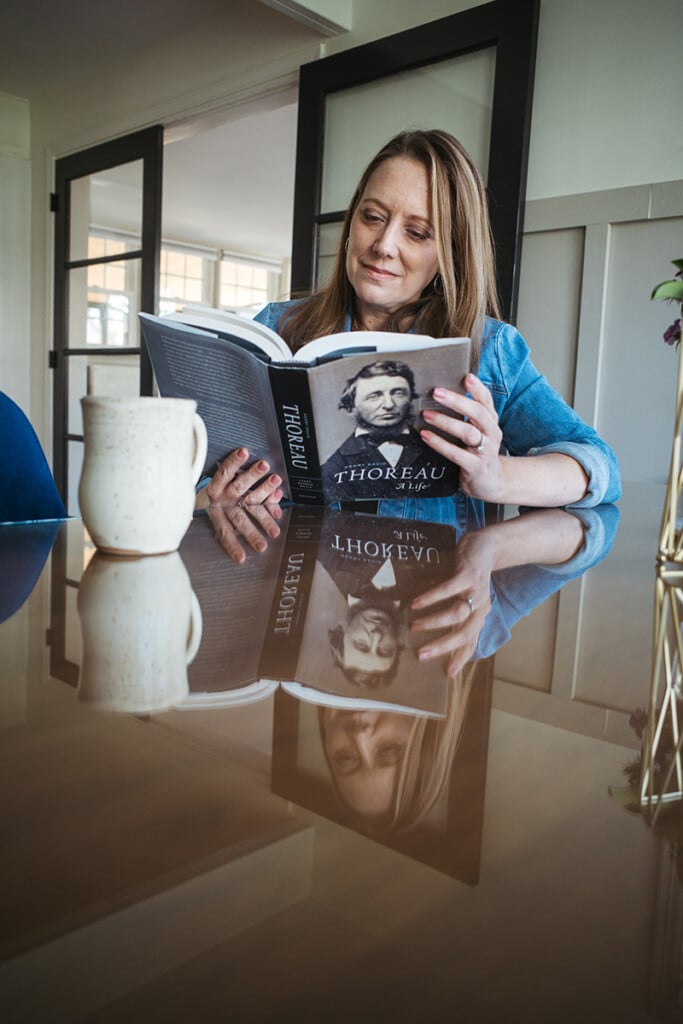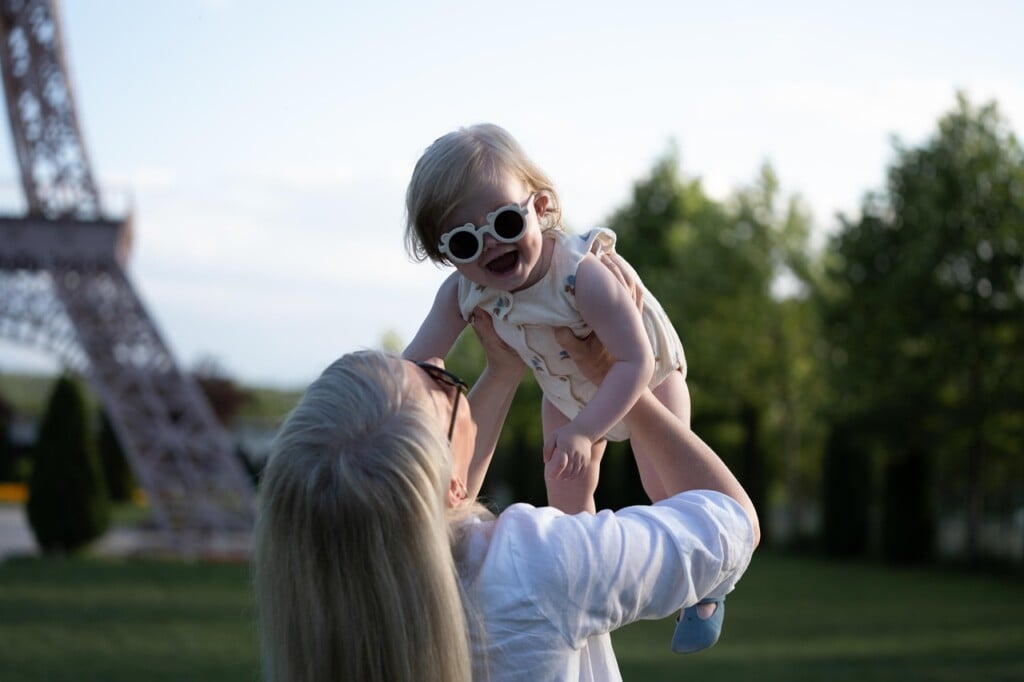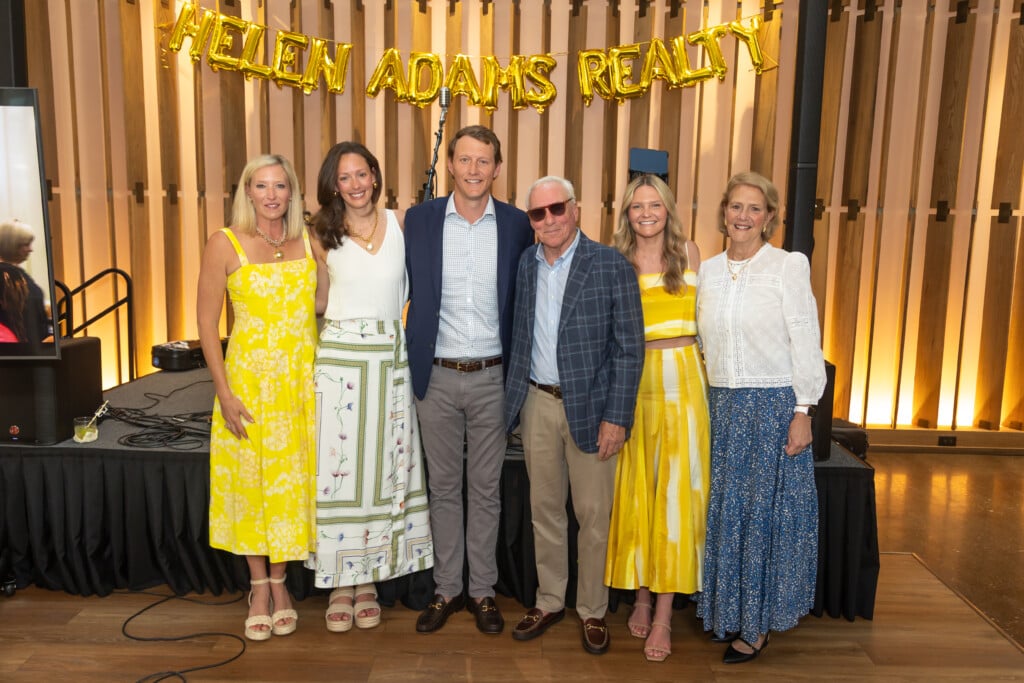Charlotte History: Pictures From The Vault
Longtime custodian of historic images plucks her favorites from the archive
Over her 35 years keeping Charlotte history as a librarian in Charlotte Mecklenburg Library’s Robinson-Spangler Carolina Room, Shelia Bumgarner gazed upon thousands of historic photos and catalogued them in The Vault, the Carolina Room’s digital archive. After Bumgarner’s retirement, we naturally wondered: What are some of the images that mean the most to her, and why? Here’s what she chose.
{See Bumgarner’s Life Lessons here.}
Brockman’s Bookstore
Trust Building, 139 S. Tryon St., 1916
“I love this shot because it shows that Charlotte had a bookstore. We also had a library by this time. I just think it’s a cool shot. It shows uptown was lively and had different types of businesses.”
Third Mecklenburg County Courthouse
Church and Trade streets, 1890
“I love this shot because there’s all these people standing out front—and the great story behind this particular courthouse is that those columns were made of solid wood.” (From her description on The Vault’s website: “Each of the tall, white columns were made from a single pine tree, then stuccoed after being milled. It gave the appearance of marble. When the courthouse was torn down, no one recalled this fact, and the workers were surprised to discover perfectly preserved trees beneath the stucco. It was torn down in 1898.”)
Southern Cotton Oil Company
South Tryon Street at Worthington Avenue, 1910
“I’ve got some other shots that show cotton, but cotton was more than just making it into clothing. … I can’t even imagine how nasty this was, but they would make cotton oil—I don’t know how they made it, don’t ask me—and that was a major industry in the city. The county was mainly agricultural, as most counties were in the United States until after World War II. I’ve got oodles of different shots, but I like this one because you can see the bales of cotton and the building in the back.”
Johnson C. Smith University Commencement Banquet
1930
“I feel like a lot of people forget about Johnson C. Smith and the importance of that university. … I mean, this was in 1930, but there was an elite class of African Americans who lived in and around that area.”
Carnegie Library
310 N. Tryon St., 1928
“I wanted to show the Carnegie Library because that was our first library. It was built in 1903, right on North Tryon Street, the same place where we’ve always been. … The staff, it’s so cool. They’re all there with 1920s cloche hats and little fur collars. … I just love that shot because I love my profession, but I love showing off the Carnegie Library.” (It remained Charlotte’s primary library until the 1950s.)
Charlotte Speedway
Pineville and Park roads, 1924
“I included this because everyone loves it. It’s just an amazing history—a wooden racetrack. I can’t wrap my brain around that, but I do, and it was a big deal. It was built for $300,000. I forgot when it closed, but the wood was used to build houses.”
Jerry’s Drive-In Restaurant
Independence Boulevard at East Fourth Street, 1955
“The automobile was the thing in the 1950s. The war was over, and the Interstate Highway Act was passed, and highways were being built left and right. The drive-in restaurant came in, you know, and people would pull up with their families, or young people would come here after their dates, and this was the place to meet. … This also shows how much Independence Boulevard has changed.”












